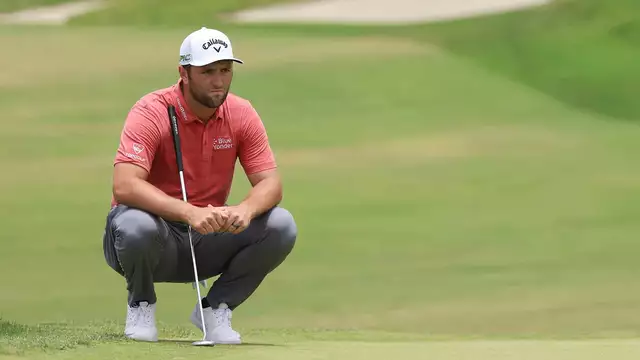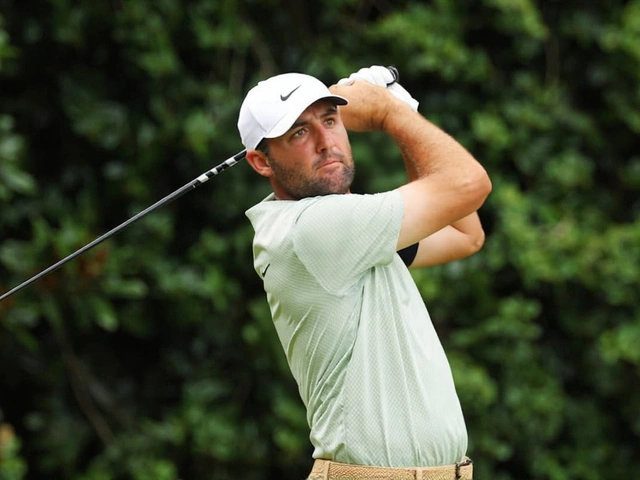Age in Golf – How Your Years Shape the Game
When talking about age, the number of years a golfer has lived and played. Also known as player age, it determines everything from physical stamina to equipment fit. In golf, age isn’t just a number; it drives decisions about club length, shaft flex, and even practice routines. Golf clubs, the primary tools that translate swing into ball flight. They come in different lengths and flexes to match a player’s age‑related strength and flexibility. Golf equipment, all the accessories from balls to shoes that support a game, also adapts as a golfer ages, with softer balls for seniors or lighter grips for younger players. Age influences equipment, equipment influences performance, and performance circles back to age‑specific goals.
How Age Shapes Players and Practice
Golf players, anyone who picks up a club, from juniors to veterans experience shifting needs over time. A teenager may prioritize power and speed, while a 60‑year‑old focuses on consistency and injury prevention. The driving range, a practice area where players repeat swings becomes a testing ground for age‑adjusted drills: shorter clubs for older players to maintain control, and varied tee heights to help younger players develop a proper swing plane. Age also dictates how often a player can recover; older golfers often schedule shorter, more frequent sessions to avoid fatigue.
Beyond the range, golf swing, the coordinated motion that launches the ball itself changes with age. As muscles lose fast‑twitch fibers, swing speed drops, so players compensate with better technique and timing. A younger golfer might rely on raw power, whereas an older golfer leans on efficient weight transfer and a smoother tempo. This shift means the same swing mechanics are taught differently across age groups, yet the core principles remain linked: age affects swing speed, swing speed influences club selection, and club selection circles back to age‑appropriate performance.
Even something as simple as golf caps, headwear that provides shade and comfort on the course reflects age trends. Younger players often experiment with caps worn backwards for style, while senior members stick to classic fits that stay in place during longer walks. The choice doesn’t impact scores directly, but it signals comfort levels that can affect focus—another subtle age‑related factor.
Putting these pieces together shows a clear pattern: Age influences equipment, equipment shapes swing, and swing performance circles back to age‑specific training. Whether you’re a junior just learning the ropes or a veteran tweaking your setup, understanding how age plays into each element helps you make smarter choices on and off the course.
Below you’ll find a curated selection of articles that dive deeper into each of these connections. From the best clubs for different age brackets to swing tips that match your stage in life, the posts give practical advice you can apply right away. Keep reading to see how age interacts with every aspect of the game and discover tips tailored to your own golfing journey.

How old must you be to drive a golf cart on a golf course?
In the United States, the minimum age for driving a golf cart on a golf course is between 14 and 16 years old, depending on the state. Some states require a valid driver’s license or an adult supervisor to be present in the cart. Golf courses may also have their own rules and regulations regarding the operation of golf carts. Any individual under the age of 18 should check with their local golf course to ensure they meet the age requirements before driving a golf cart. Furthermore, it is important to follow all safety protocols while operating a golf cart on a golf course.
Categories
- Sports & Recreation (5)
- Business (4)
- TV & Entertainment (2)
- Language Learning (1)
- Automotive Reviews (1)
- Golf Travel Tips (1)
- Golfing Regulations and Rules (1)
- Golf Equipment Reviews (1)
- Sports and Lifestyle (1)
- Sports Equipment Reviews (1)
Popular Articles

